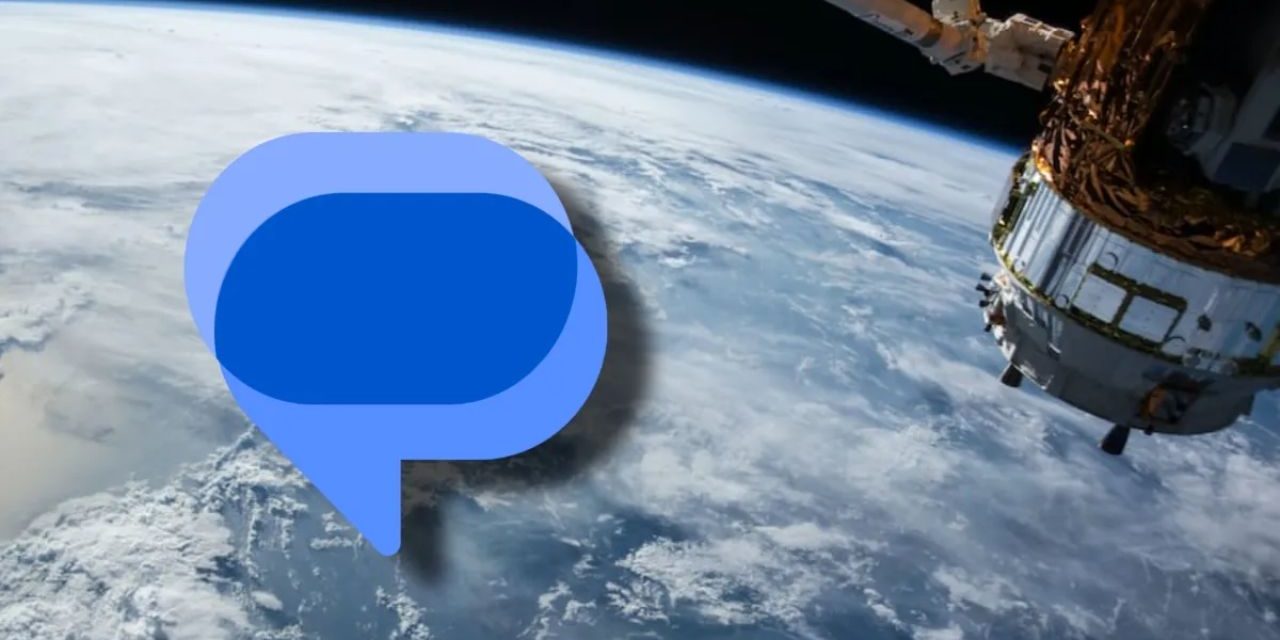As technology continues to evolve at a rapid pace, the integration of satellite connectivity into Android 14 has ignited a wave of anticipation. The advent of this connectivity not only hinges on the software but also on the hardware that can harness its potential. In a strategic move that paves the way for this upcoming feature, Google Messages has introduced user interfaces geared towards sending satellite messages. This insightful development was highlighted by Neïl Rahmouni on Twitter.
Preparing for Satellite Connectivity: The Unveiling of User Interfaces In a screenshot shared by Neïl Rahmouni, a distinct feature catches the eye: the text bar is conspicuously labeled as ‘Satellite message.’ While it’s evident that the feature is a work in progress, as indicated by the character limit showing as -1 even without any text, the essence of this addition is clear—it signifies Google Messages’ readiness to embrace satellite connectivity in the near future.
The Samsung Paradigm: Expanding Satellite Connectivity Samsung set a significant precedent when it introduced satellite connectivity through its Exynos modems. This integration extended to the Pixel 7 and Pixel 7 Pro, in addition to various Samsung devices. While existing devices may not instantaneously capitalize on this feature, upcoming generations stand to benefit.
Diverging from Apple’s approach, Samsung went a step further by enabling users to send messages of their choice via satellite. In contrast, Apple’s iPhone 14 primarily focused on preset SOS messages for emergency situations. Notably, Google Messages seems poised to offer versatility akin to Samsung’s approach. The UI discovered by Rahmouni alludes to the potential for users to fully utilize their keyboards to craft messages.
The Dual Nature of Emergency Communication: Clarity vs. Efficiency The inclusion of this technology raises pertinent questions about the optimal mode of emergency communication. While a freely typed message holds the promise of clarity and nuance, the convenience of choosing from predefined options cannot be dismissed. Swift decision-making during emergencies might be better served by preset options rather than typing.
However, experts caution against an overreliance on such technology, underscoring the importance of responsible risk assessment. Chris Boyer, the executive director of the United States’ National Association for Search and Rescue, points out that the availability of these features might foster a sense of overconfidence. This, in turn, could lead to ill-advised decisions with potentially dire consequences.
In Conclusion: Balancing Innovation with Caution As the tech world eagerly awaits the integration of satellite connectivity into Android 14, the developments in Google Messages offer a glimpse into the future of emergency communication. Pritish Kumar Halder, our knowledgeable guide through this evolving landscape, emphasizes the significance of understanding the benefits and limitations of such advancements. Striking a balance between harnessing innovation and practicing responsible usage is key to ensuring that technology serves as a reliable tool in times of need.






